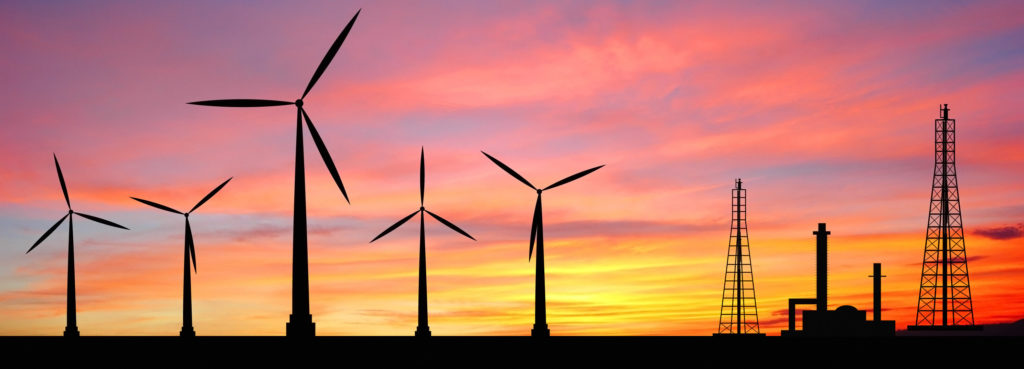
In today’s talking points: China doubles its new energy cars development goal; Northern Territory records highest mineral sales ever; First deep sea mining vessel build by Chinese company to be completed in 2018; China’s mining sector experienced important changes in 2016
China doubles its new energy cars development goal
China has reached its new energy cars development goal three years ahead of schedule, breaking 300,000 units only three years after setting the target in 2014. The new energy cars development goal, which includes city buses, taxies and logistics vehicles, will now be doubled to 600,000 units by 2020. New energy cars should reduce China’s reliance on fossil fuels and will have a positive impact on China’s efforts to combat air pollution. Exhausts from the internal combustion engines of cars running on fossil fuel are one of the main contributors to the PM 2.5 pollution in cities.
Read more at: China Daily
Northern Territory records highest mineral sales ever
Northern Territory sold AU$3.63 billion worth of minerals in the period of 2016-2017, recording its highest ever sales. The $3.63 billion was made up of metallic minerals, including manganese, gold and bauxite, worth $3.3 billion, while the rest was comprised of non-metallic minerals worth at $53.6 million and energy minerals such as uranium which is valued at $262 million. The NT minister for primary industry and resources, Ken Vowles, highlights that these sales figures are up 19 per cent from last year, with the overall resources sector contributing 4,800 jobs to NT.
Read more at: Australian Mining
First deep sea mining vessel build by Chinese company to be completed in 2018
The world’s first deep sea ocean mining vessel is currently being built in southeast China’s Fujian Province. The vessel is currently being completed by Fujian Mawei Shipbuilding (FMS) and is expected to be put in use in 2018.
The US$500 million, 227-meter long vessel is designed to work at a depth of 2,500 meters. It will integrate advanced technologies and by 2020 plans to master key skills in the commercial collection of natural gas hydrate in sea areas. In addition, it will provide living and working space for 200 people and can store up to 39,000 tonnes of ore. Chairman of the gFMS Jinjie Zhao claims “it is unique in the world.”
Read more at: Xinhua
China’s mining sector experiences important changes in 2016
Improved technology output in prospecting and mining has resulting in China’s mining sector revenue increase of 12.4 fold year on year, in 2016. China spent RMB77 billion to verify new reserves in geographic prospecting including 36 varieties of mine resources and 746.3 cubic meters of shale gas reserves. The mining sector has recovered from the previous challenging years with the 2016 output of non-renewable energy including coal and iron ore reaching 3.46 and 1.28 billion tons respectively. To carry out environmental treatment in mining areas the central government approved a RMB30 billion budget.
Read more at: China Daily
